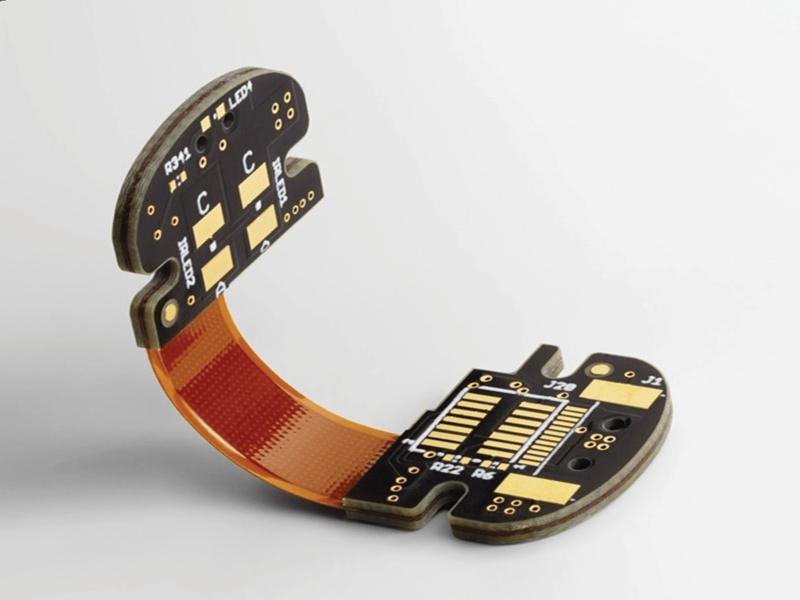Flexible Printed Circuits (FPC) has played an increasingly important role in the electronics industry in recent years, as a highly flexible and reliable electronic interconnection technology. With the rapid development of technology, the FPC industry is ushering in new growth opportunities. The FPC industry originated in the United States of the 60s of the 20th century and was initially used in the field of military aviation. With the development of the electronic information industry, FPC has gradually expanded to many fields such as consumer electronics, automobiles, and wearable devices. In the 21st century, with the popularization of smartphones and tablets, the demand for FPC has risen rapidly, which has promoted the rapid development of the industry.
China's FPC market has shown rapid growth in recent years. In 2021, the size of China's FPC market reached 129.431 billion yuan, a year-on-year increase of 24.09%. In 2023, the market size will increase to 139.321 billion yuan. The global FPC market is also showing strong growth momentum, with a market size of $35.695 billion in 2021 and will reach $50 billion in 2023.
Flexible circuit boards are widely used in smartphones, tablets, wearable devices, new energy vehicles and other fields due to their high wiring density, light weight, thin thickness and good bendability. The rapid development of these fields, especially the rise of consumer electronics and automotive electronics, has created a huge demand for the flexible circuit board market.
In the field of medical devices, flexible circuit boards also play an important role, such as in pacemakers, drug delivery systems, and other devices to meet the requirements of medical devices for miniaturization and bendability.

Figure: The flexible circuit board industry is recovering
The flexible circuit board industry is constantly innovating in materials, processes, and design technologies. For example, traditional polyimide materials are being replaced by new materials such as polyethylene terephthalate (PET) and polyimide films (PI) to improve performance.
The application of micromachining technology and laser etching technology makes the circuit more precise, and 3D printing technology makes the design of flexible circuit boards more flexible.
The competitive landscape of the global FPC market shows a trend of shifting the industrial focus to China. As the world's largest producer, exporter and consumer of consumer electronics, China has a huge demand for flexible circuit boards, attracting investment from many domestic and foreign companies.
Global FPC manufacturing enterprises are mainly Japanese, American, Korean, Taiwanese, Chinese-funded enterprises, according to the level of product technology, Japanese and American FPC manufacturers have long been committed to the production of high-end FPC products, Taiwan and South Korea manufacturers are mainly mid-end FPC, while Chinese mainland manufacturers are mainly concentrated in the low-end market, but in recent years have developed rapidly.
The global FPC market is forecast to reach approximately USD 20 billion by 2025, and the global FPC market sales are expected to reach USD 28.4 billion by 2029, at a compound annual growth rate (CAGR) of 8.2% (2023-2029). These figures show that the FPC market continues to grow strongly globally.
Asia Pacific, Europe, and North America are the major distribution regions of the FPC market, with Asia Pacific being particularly prominent, known for its dominance in the global FPC market share.
The flexible circuit board industry has maintained a strong momentum of development worldwide, and the market size is expanding. As an important player in the FPC market, China's market size and influence are also increasing.






